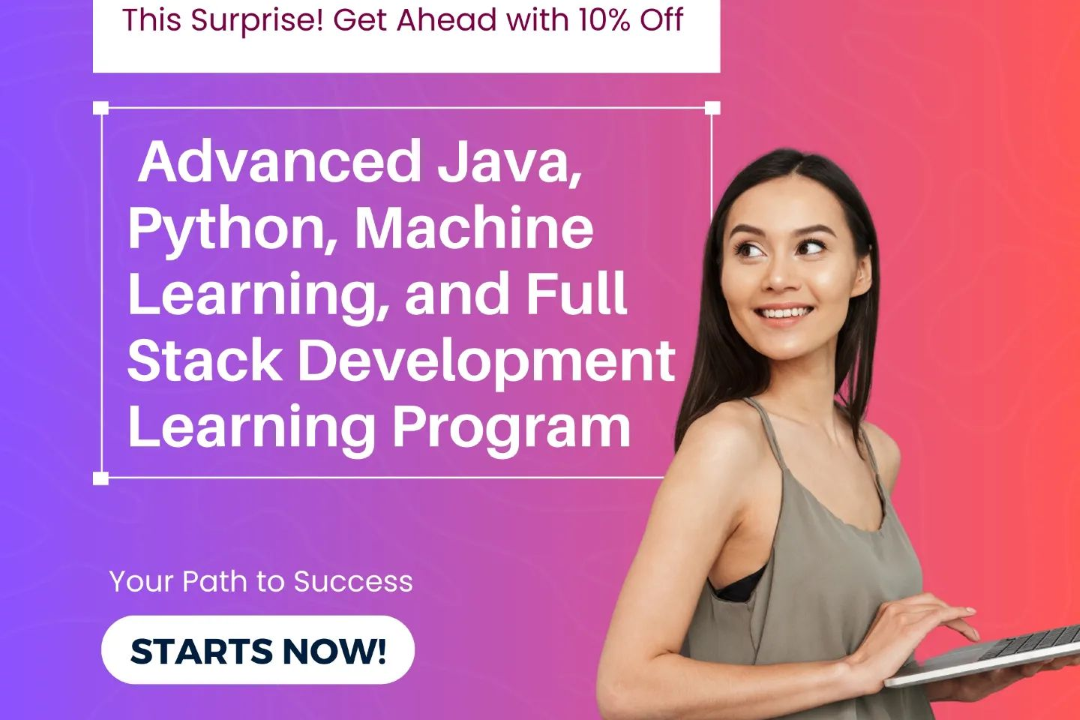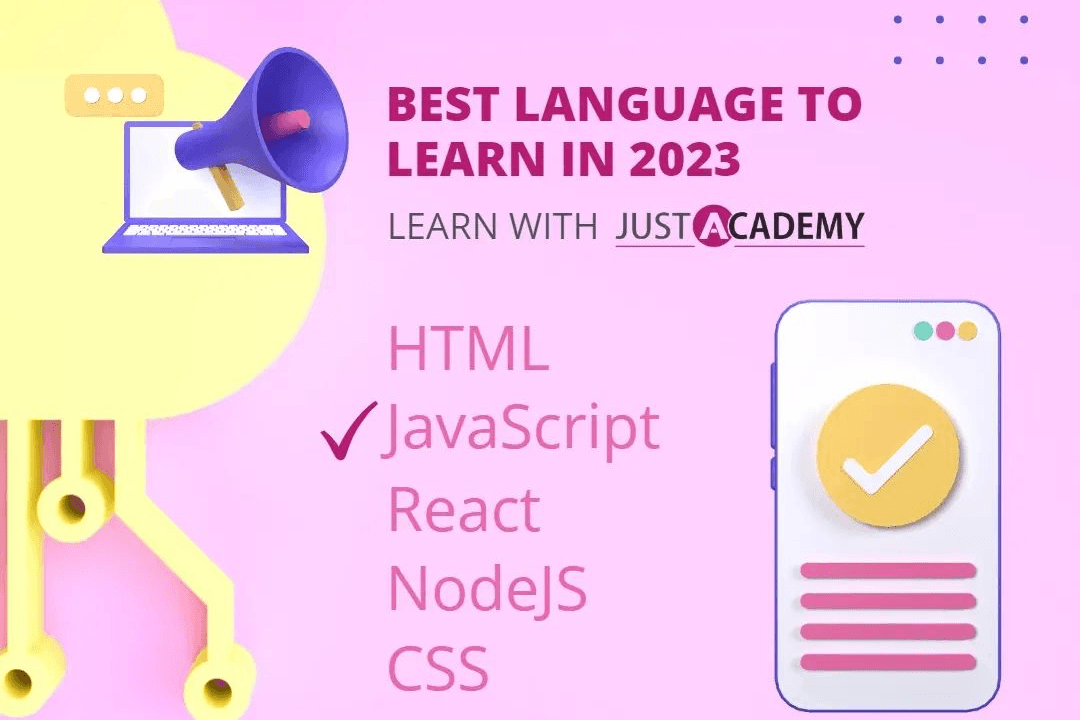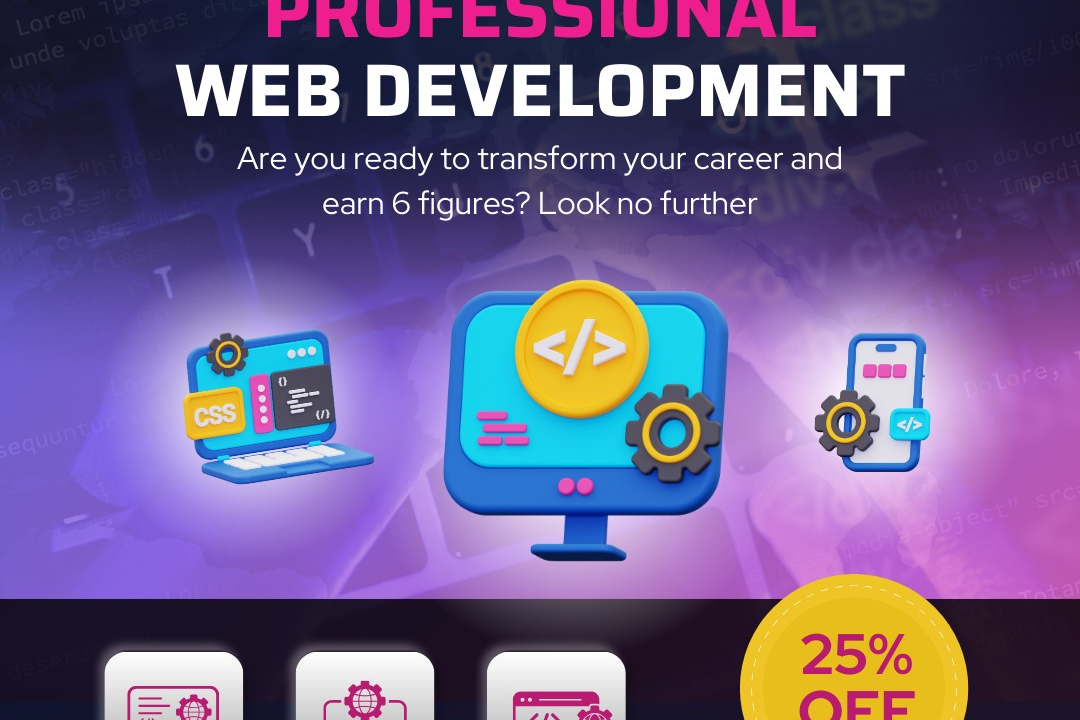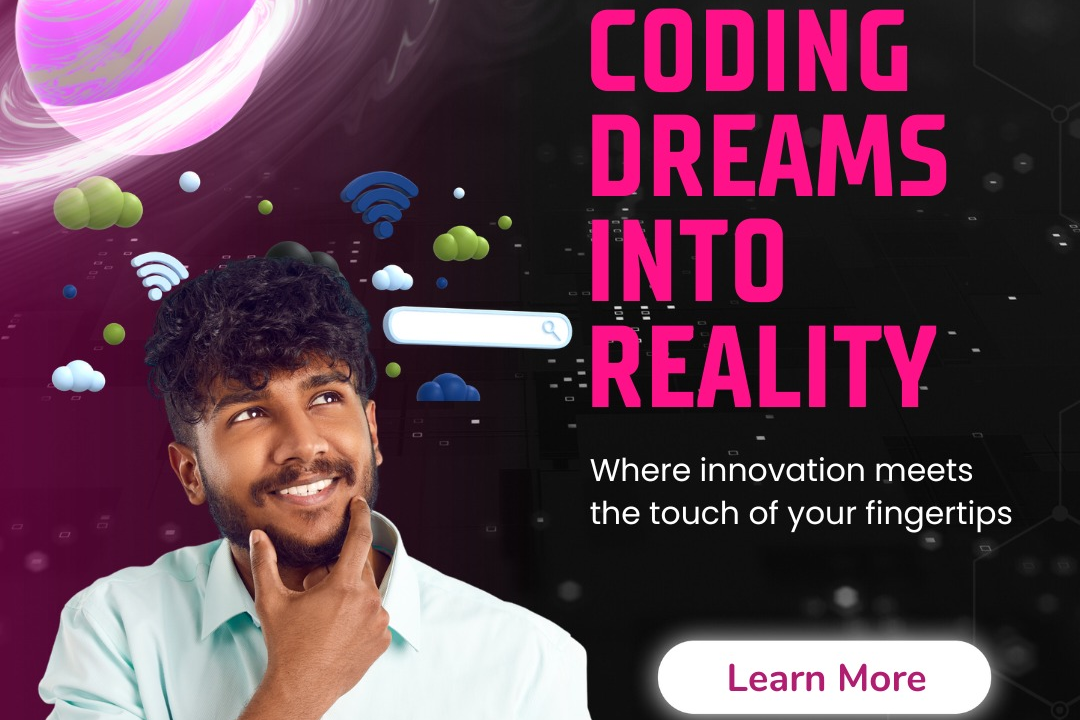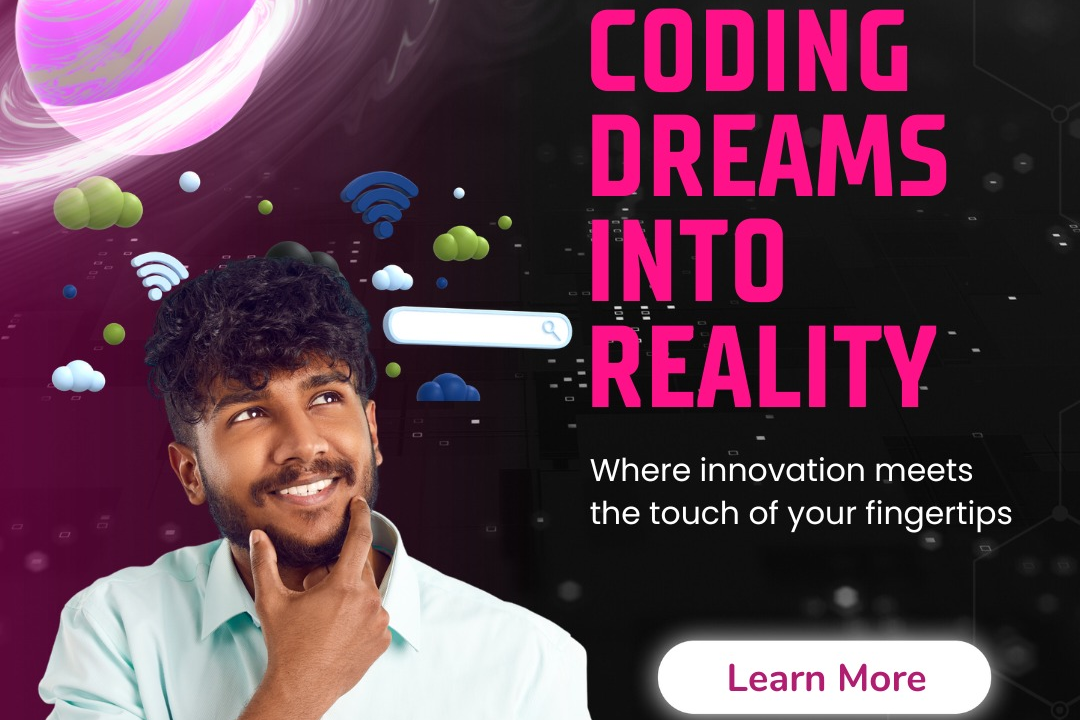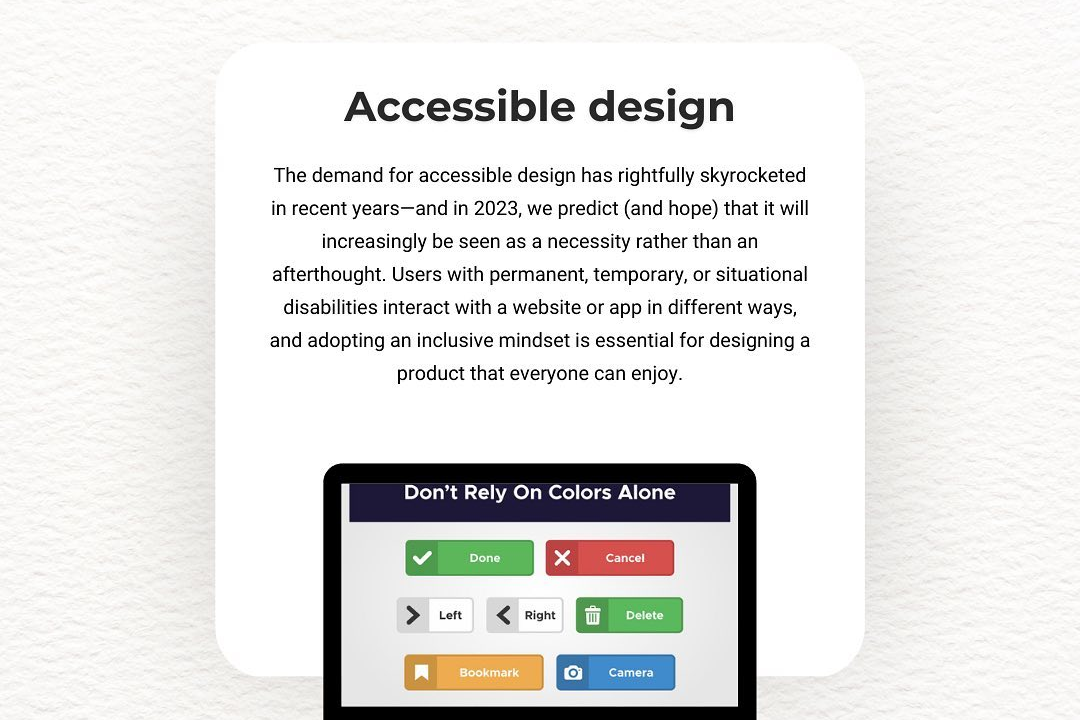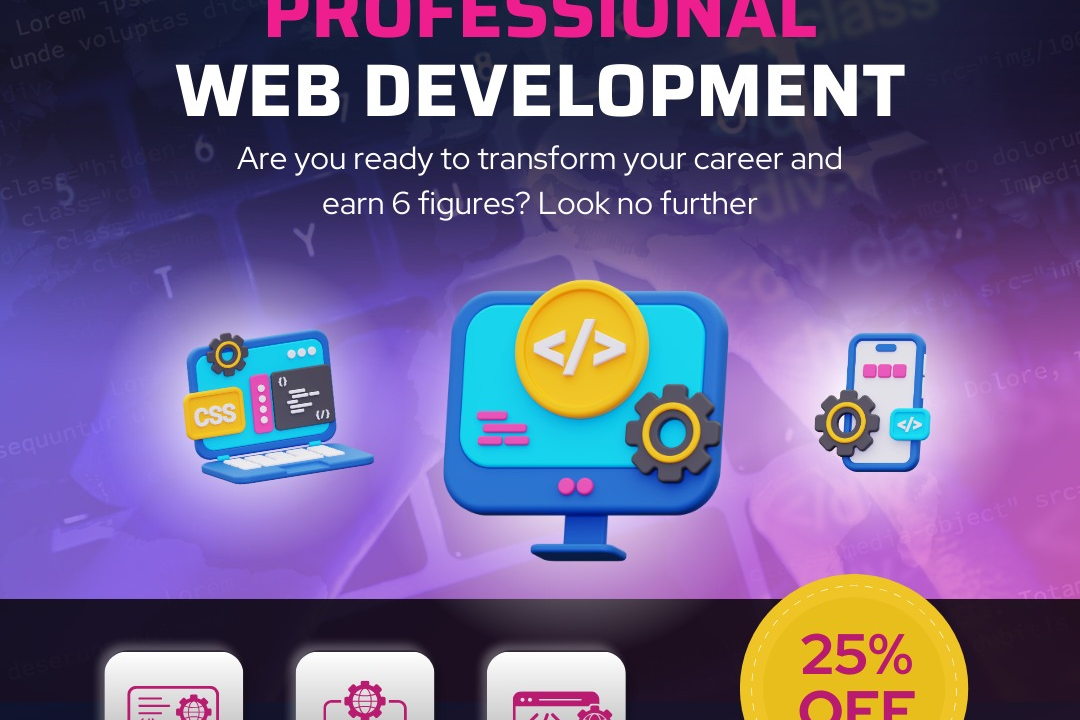How to Connect PHP and R Programming
Connecting PHP with R programming involves creating a bridge between web development and data analys
How to Connect PHP and R Programming
Connecting PHP with R programming enables developers to integrate powerful data analysis, statistical computations, and rich visualizations directly into web applications. This integration allows for dynamic generation of insights and reports in real-time, enhancing the functionality and user experience of data-driven websites. By enabling PHP to communicate with R—either through executing scripts or API calls—businesses can automate complex data processes, deliver enhanced features such as interactive dashboards, and make smarter data-informed decisions seamlessly within their web platforms.
To Download Our Brochure: https://www.justacademy.co/download-brochure-for-free
Message us for more information: +91 9987184296
Connecting PHP with R programming enables developers to integrate powerful data analysis, statistical computations, and rich visualizations directly into web applications. This integration allows for dynamic generation of insights and reports in real time, enhancing the functionality and user experience of data driven websites. By enabling PHP to communicate with R—either through executing scripts or API calls—businesses can automate complex data processes, deliver enhanced features such as interactive dashboards, and make smarter data informed decisions seamlessly within their web platforms.
Course Overview
This course teaches how to integrate PHP with R programming, enabling real-time data analysis, visualization, and automation in web applications for seamless and efficient data-driven solutions.
Course Description
This course covers integrating PHP with R programming to enable real-time data analysis, visualization, and automation within web applications, enhancing data-driven functionality seamlessly.
Key Features
1 - Comprehensive Tool Coverage: Provides hands-on training with a range of industry-standard testing tools, including Selenium, JIRA, LoadRunner, and TestRail.
2) Practical Exercises: Features real-world exercises and case studies to apply tools in various testing scenarios.
3) Interactive Learning: Includes interactive sessions with industry experts for personalized feedback and guidance.
4) Detailed Tutorials: Offers extensive tutorials and documentation on tool functionalities and best practices.
5) Advanced Techniques: Covers both fundamental and advanced techniques for using testing tools effectively.
6) Data Visualization: Integrates tools for visualizing test metrics and results, enhancing data interpretation and decision-making.
7) Tool Integration: Teaches how to integrate testing tools into the software development lifecycle for streamlined workflows.
8) Project-Based Learning: Focuses on project-based learning to build practical skills and create a portfolio of completed tasks.
9) Career Support: Provides resources and support for applying learned skills to real-world job scenarios, including resume building and interview preparation.
10) Up-to-Date Content: Ensures that course materials reflect the latest industry standards and tool updates.
Benefits of taking our course
Functional Tools
1 - PHP (Hypertext Preprocessor): PHP is a popular server side scripting language widely used for developing dynamic websites and web applications. In the course, students learn how to embed PHP scripts into web pages, handle form data, and interact with databases. PHP's extensive library support allows for seamless integration with other programming languages like R. Its simplicity and efficiency make it ideal for creating the backend of data driven applications. Students explore how PHP can send requests to R scripts, retrieve analysis results, and display them in a user friendly format, enabling real time data visualization and reporting on websites.
2) R Programming Language: R is a powerful language designed specifically for statistical computing and data visualization. The course emphasizes utilizing R's comprehensive package ecosystem to perform data analysis, generate visualizations, and execute complex statistical models. Students learn how to write R scripts that process input data, perform analyses, and produce results that can be integrated into web applications. The focus is also on connecting R with web technologies through scripting interfaces, allowing live data processing. Understanding R's capabilities empowers students to turn raw data into meaningful insights displayed through web interfaces seamlessly.
3) RESTful API Frameworks: To connect PHP and R effectively, students are introduced to RESTful API principles and frameworks such as R's plumber package. These tools allow R scripts to be exposed as web services that PHP can communicate with via HTTP requests. Students learn how to create and deploy APIs in R that accept parameters from PHP scripts, perform data analysis, and send back results in JSON or XML formats. This modular approach enhances scalability and maintainability of applications. Mastering API creation enables students to develop real time, interactive web applications that leverage R's analytical power dynamically.
4) Rserve: Rserve is a TCP/IP server that allows other applications, including PHP, to communicate with R in a client server architecture. Through Rserve, students learn to establish persistent connections between PHP scripts and R sessions, enabling efficient data exchange and analysis execution. Rserve supports multiple clients simultaneously, making it suitable for complex web applications requiring real time analytical processing. The tool simplifies integrating R computations into PHP driven websites without needing to invoke R scripts repeatedly. Its robustness and performance make it a vital component for scalable data analysis systems.
5) cURL and HTTP Libraries: PHP's cURL library is a crucial tool introduced during training for making HTTP requests to R APIs or services. It enables PHP scripts to send data, such as user inputs or datasets, to R analysis endpoints and retrieve response data in formats like JSON, XML, or plain text. The training covers how to set up secure and efficient connections, handle response parsing, and manage error handling. These skills are essential for developing interactive web applications where real time data analysis results need to be fetched continuously. Using cURL, students learn how to build smooth, responsive interfaces that integrate R's analytical computations seamlessly.
6) Database Management Systems (MySQL/PostgreSQL): For storing and managing large datasets, students are introduced to relational databases like MySQL and PostgreSQL. The course explains how to connect PHP with these databases to fetch, update, and store data efficiently. Students learn to design database schemas optimized for analytical queries, which are then analyzed using R. By integrating databases with PHP and R, students can develop end to end applications capable of handling real time data input, processing, and visualization. This setup facilitates scalable solutions for data driven decision making processes and reporting.
7) Web Hosting Platforms: To deploy PHP R integrated applications effectively, students are guided on using various web hosting platforms that support PHP and database management. Frameworks such as Apache or Nginx are discussed for setting up server environments. The course covers deployment best practices, ensuring applications are secure, fast, and accessible to end users. Hosting considerations include configuring API endpoints, SSL security, and server side scripting optimizations. Knowing how to deploy applications ensures students can take projects from development to live environments, making the learning process practical and industry ready.
8) Code Editors and IDEs (Visual Studio Code, PhpStorm): Students are introduced to popular development environments like Visual Studio Code and PhpStorm, which streamline coding, debugging, and version control. These tools provide syntax highlighting, code suggestions, and integrations with version control systems like Git, aiding in collaborative development. The course demonstrates how to use these IDEs to write clean PHP and R code efficiently, troubleshoot issues promptly, and maintain project documentation. Mastering these tools enhances productivity and code quality, preparing students for professional software development workflows.
9) JSON and XML Parsers: Since communication between PHP and R often involves data exchange formats like JSON and XML, students learn how to parse and generate these data formats securely and efficiently. The course covers PHP's native functions and libraries for handling JSON/XML data and how to interpret responses from R APIs. Proper data parsing ensures that analytical results are accurately displayed and processed within web applications. These skills are critical for maintaining data integrity and creating interoperable systems, especially in live data analysis scenarios.
10) Data Visualization Libraries: The course explores R’s advanced visualization packages such as ggplot2, plotly, and leaflet, which provide dynamic and interactive charts and maps. Students learn how to generate visualizations within R and embed them into web pages through PHP integration. Techniques for exporting visualizations as images, HTML widgets, or interactive components are covered, facilitating the creation of dashboards and reports. Mastery of visualization tools enables students to present complex data insights effectively, enhancing decision making and stakeholder engagement in real time applications.
11 - JavaScript and AJAX: To create a seamless user experience, students learn how to use JavaScript along with AJAX (Asynchronous JavaScript and XML) for dynamic web page updates. AJAX enables the web application to send requests to R APIs and PHP scripts asynchronously, without reloading the entire page. This results in real time data fetching, live updates of analysis results, and interactive dashboards. Understanding these technologies helps students develop responsive interfaces where users can input data, trigger analysis, and view results instantly, significantly enhancing the usability of data driven applications.
12) Security Best Practices: Ensuring data privacy and application security is a key focus. The course covers secure handling of user inputs to prevent SQL injection, cross site scripting (XSS), and other common vulnerabilities. Techniques such as input validation, sanitization, HTTPS, and token based authentication are taught. In addition, students learn about securing API endpoints and managing user permissions, which are vital when deploying applications that process sensitive data or are accessible publicly. These security measures protect both the application and the end users, building trust and reliability.
13) Version Control with Git: Version control systems like Git are introduced to promote collaborative development and code management. Students learn to create repositories, commit changes, branch, and merge codebases efficiently. Integrating Git into their workflow allows for tracking project history, managing multiple development streams, and collaborating with teams. As projects grow in complexity, mastery over version control becomes essential for maintaining code integrity and facilitating continuous improvement cycles.
14) Containerization with Docker: To ensure consistent deployment environments, students explore containerization using Docker. This technology packages applications and their dependencies into portable containers, enabling easy deployment across different servers or cloud platforms. The course covers creating Docker images for PHP R applications, deploying containers locally, and managing container orchestration. With Docker, students can replicate production environments during development, reducing issues related to configuration and compatibility.
15) Cloud Computing Platforms (AWS, Azure, Google Cloud): For scalable deployment and testing, the course introduces cloud services where applications can be hosted and scaled on demand. Students learn how to set up virtual servers, databases, and API gateways on platforms like Amazon Web Services, Microsoft Azure, or Google Cloud. This knowledge enables building robust, high availability applications capable of handling large data volumes and user traffic, preparing students for industry standard cloud based workflows.
16) Automated Testing and Debugging Tools: To ensure the robustness of their applications, students are taught how to implement automated testing frameworks for PHP and R scripts. Using tools like PHPUnit, they can write test cases to validate code functionality. Debugging tools integrated into IDEs help identify and fix issues efficiently. These practices lead to higher quality code, easier maintenance, and smoother deployment cycles.
17) Workflow Automation with CI/CD Pipelines: Continuous Integration and Continuous Deployment (CI/CD) practices are introduced to automate testing, integration, and deployment of projects. Students configure pipelines using tools like Jenkins, GitHub Actions, or GitLab CI, ensuring that code changes are validated and deployed seamlessly. Automation accelerates development cycles, reduces manual errors, and supports rapid iteration — essential qualities for data driven applications in a fast paced industry.
18) Data Security and GDPR Compliance: In handling sensitive or personal data, students learn about data security protocols and legal standards such as GDPR (General Data Protection Regulation). The course covers data anonymization, encryption, user consent management, and compliance reporting. These skills are critical when creating applications that manage user data, ensuring ethical standards and legal compliance.
19) Mobile Friendly Design & Responsive UI: Considering the importance of accessibility, the course emphasizes designing applications with responsive web design principles. Using CSS frameworks like Bootstrap, students learn to create interfaces that adapt to different devices—desktops, tablets, and smartphones. Responsive design ensures that real time data analysis tools are accessible and user friendly across all platforms, broadening their applicability and reach.
20) Project Management and Agile Methodologies: Beyond technical skills, the training introduces project management principles like Agile and Scrum. These methodologies help students plan, develop, and deliver projects iteratively, promoting collaboration and flexibility. By practicing Agile practices, students can better manage project timelines, adapt to changing requirements, and produce high quality, user centered data analysis solutions within real world constraints.
Browse our course links : https://www.justacademy.co/all-courses
To Join our FREE DEMO Session:
This information is sourced from JustAcademy
Contact Info:
Roshan Chaturvedi
Message us on Whatsapp: +91 9987184296
Email id: info@justacademy.co
APPium Tutorial for Beginners Android

